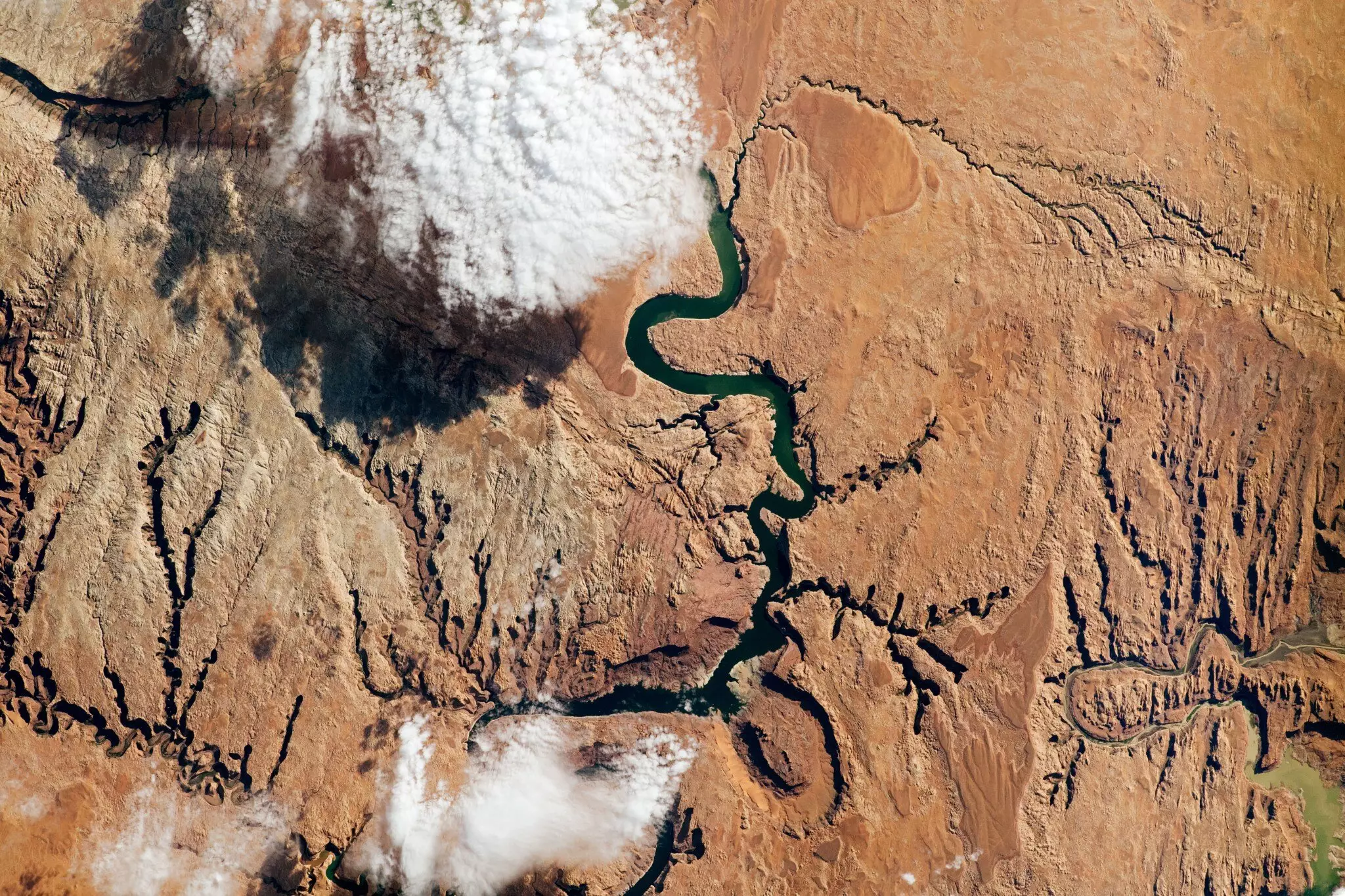A recent study led by NASA researchers has shed new light on the flow of water through Earth’s rivers, the rates at which it enters the ocean, and the fluctuations in these figures over time. The study, published in Nature Geoscience, utilized a unique methodology that combined stream-gauge measurements with computer models of approximately 3 million river segments worldwide. The researchers estimated that the total volume of water in Earth’s rivers averaged 539 cubic miles from 1980 to 2009. This information is crucial for understanding the planet’s water cycle and managing freshwater resources.
Impacts of Heavy Water Use
The study also brought attention to regions depleted by extensive water use, such as the Colorado River basin in the United States, the Amazon basin in South America, and the Orange River basin in southern Africa. These areas have been significantly impacted by human activities, resulting in decreased river storage and increased discharge into the ocean. It is essential to address these issues to ensure sustainable water management practices globally.
Despite the significance of this study, there are challenges in obtaining accurate data on river water storage and discharge. Historically, estimates of river water flow into the ocean have been more common than estimates of river water storage. This lack of information makes it difficult to effectively manage water resources and address environmental concerns. Furthermore, the study highlighted the disparities in monitoring large rivers versus small ones, indicating the need for more comprehensive data collection methods.
The international Surface Water and Ocean Topography (SWOT) satellite, launched in December 2022, plays a crucial role in improving measurements of human impacts on Earth’s water cycle. By mapping global water elevation changes, the SWOT satellite provides valuable insights into river storage and discharge. This technology will enable scientists to better understand the complex dynamics of water flow and identify areas requiring immediate attention.
The study revealed that regions like the Amazon basin contribute significantly to global river storage and discharge. However, negative flows in river segments, particularly in areas like the Colorado River basin and the Murray-Darling basin in Australia, indicate intense human water usage. These findings underscore the need for sustainable water management practices to ensure the availability of freshwater resources for future generations.
The NASA-led study offers valuable insights into Earth’s river water dynamics, shedding light on the challenges of managing freshwater resources. By combining innovative methodologies with advanced technologies like the SWOT satellite, researchers can enhance our understanding of the planet’s water cycle and address critical environmental issues. Moving forward, it is essential to prioritize sustainable water management practices to safeguard our planet’s precious water resources for generations to come.


Leave a Reply